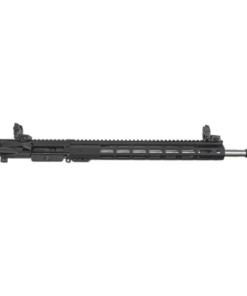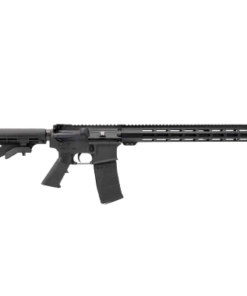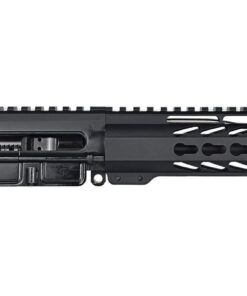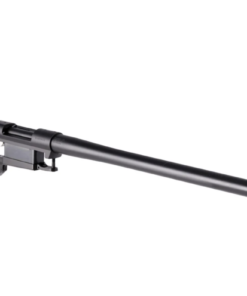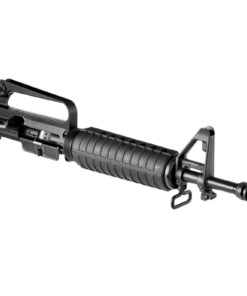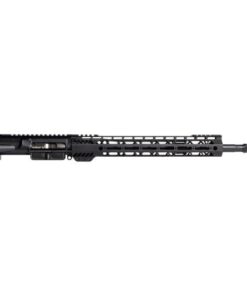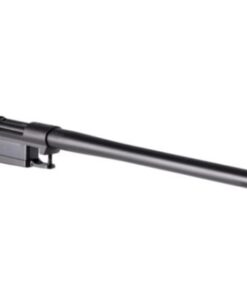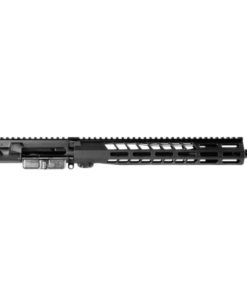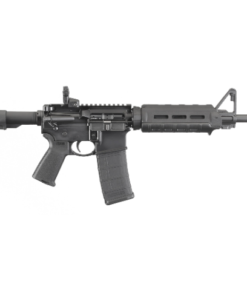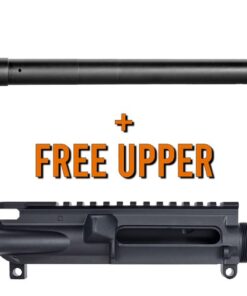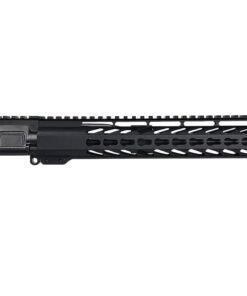Buy Gun stocks Online USA.
The term stock in reference to firearms dates to 1571 is derived from the Germanic word Stock, meaning tree trunk, referring to the wooden nature of the gunstock.
A gunstock is broadly divided into two parts, with the boundary roughly at where the trigger is. The rear portion is the butt, and front portion is the fore-end. The fore-end (or forestock, forearm) affixes and supports the receiver, and relays the recoil impulse from the barrel via a recoil lug. The butt (or buttstock) is braced against the shooter’s shoulder for stability and also interacts with the trigger hand, and is further divided into the comb, heel, toe, and grip. Some stocks have a thumbhole style grip, which allows a more ergonomic vertical hold for the user’s hand.
Grip
The grip is at the front portion of the butt that connects with the fore-end, and is held by the shooter’s trigger hand during firing. The back surface of butt front near the grip is called the tang. Many grips have roughened textures or even finger grooves engraved into the sides to increase the firmness of the shooter’s hold. Some grips have a thumb rest (or groove) carved near the tang to give a more ergonomic hold for the trigger finger.
Comb
The comb is another area of wide variation. Since the comb must support the shooter’s cheek at a height that steadily aligns the aiming eye with the weapon’s sights, higher sights such as telescopic sights require higher combs.
The simplest form is a straight comb (A), which is the default form seen in all traditional rifles with iron sights. The Monte Carlo comb (B) is commonly found on stocks designed for use with scopes, and features an elevated comb to lift the cheek higher, while keeping the heel of the stock low. If the elevated comb is of a rounded dome shape, it is often called a hogback comb. A cheekpiece (C) is a raised section protruding from the side of the stock, which provides a more conformed support for the shooter’s cheek. There is some confusion between these terms, as the features are often combined, with the raised rollover cheekpiece (D) extending across the top of the stock to form essentially an exaggeratedly wide and high Monte Carlo comb.
Fore-end
The fore-ends tend to vary both in thickness, from the splinter fore-ends common on British side-by-side shotguns to the wide, flat bottomed beavertail fore-ends found on benchrest shooting guns, and in length, from the short AK-47 style to the long Mannlicher stock that runs all the way to the muzzle. Most common on sporting firearms is the half-stock, which extends roughly half the length of the barrel.



